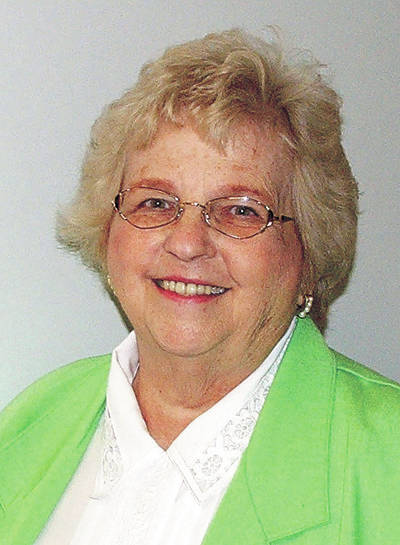
Many years ago, folks who did not live within the city limits did not have the mail delivered on a regular basis to their residential mail boxes. The mail was brought by train to larger communities and from there transported, often by horse and buggy to the smaller post offices, where the residents could collect their mail.
In order for the farmers to get their mail, someone from the family would be responsible to travel to the nearest post office once a week or so to gather the family mail and post whatever letters were being sent.
This may have been seen as discrimination of a sort because the people in the city paid the same rates to send a letter as those in the country, but the city folks had the mail delivered right to their doors, while those in the outlying areas were required to “fetch” their own. No matter where the letter was mailed, and no matter where the recipient lived, the postage was the same on each letter.
As early as 1892, Rep. John O’Donnel of Michigan introduced a bill for a rural mail delivery system, but according to some records he was nearly laughed out of Congress.
Finally, Rural Free Delivery was established. Mail would be brought directly to the mailboxes of rural homes as well as city homes. It was three years of trial and error before funds were made available by the federal government in October of 1896 to establish the program of Rural Free Delivery.
At first the program was utilized only in the larger cities, but at last on October 19, 1898, Charles Thompson was appointed to be a carrier out of the Xenia Office.
Mr. Thompson’s route included the New Burlington Pike and adjacent territory. In time, it was known as Route Number One. This turned out to be so satisfactory, two years later two more routs were established and John G. Andrews and Simeon W. Oldham were hired. As time went on, this proved to be a very successful venture.
The local newspaper dated July 16, 1905 reported that the Rural Free Delivery program would be extended to every farm in Greene County. Mr. E.F. Hutchison of the postal department planned to travel all country roads in order to set up the routes.
The routes were scheduled to begin from the most convenient post office. At that time there were 23 routes in the county with the expectation of adding more. Eight of the routes went from the Xenia post office.
By 1946, there were only five routes operating out of the Xenia office. The carriers traveled about 276 miles each day and served more than 1,500 families. Postmaster Harry Higgins reported that each of the five carries traveled a little over 50 miles each day. Nationally, 32,161 rural routes were established with the average mileage for each route about 45 miles. And so, the Greene County carriers exceeded the national average of miles per route.
Mr. Higgins stated that the expense per patron averaged about $3.50 per year “a very small cost for the services performed.”
In some instances, patrons continued to visit their local post office to retrieve their mail. Boxes were provided for the customers and collecting the mail could be the highlight of the day, meeting and greeting neighbors and passing the time.
Rural Free Delivery postmen were not allowed to transport anything but the mail. For instance, no carrier was allowed to deliver a jar of jam from one customer to another, in spite of what was seen from time to time in the movies.
However, there was at least one instance when a carrier went above and beyond his duty.
Louise Hutchison recalled that when she was a little girl, her aunt and uncle lived east of Xenia. They had some ducklings and offered Louise one for a pet. She was delighted with the idea, and her parents receptive, but how to get the duck from East of Xenia to their home on Clifton Road was going to be a considerable challenge. She remembered with great fondness the rural mail carrier whose name was Mr. Winter.
He delivered mail to the Hutchison’s and also to the aunt and uncle. Wanting to help the little girl as much as he could and not disobey the rules, he transported the duckling on his lunch hour from one farm to the other.
As transportation became more reliable, and the postal service expanded, Rural Free Delivery became a thing of the past.
Today, mail is delivered promptly, either to a home or business or to the local post office branch where it may be picked up by the recipient. Mail service has changed since the pony express or the days when mail would be dropped in a bag from a passing train. However, the motto of “Neither rain nor snow nor gloom of night stays these couriers from the swift completion of their appointed rounds” still applies.


